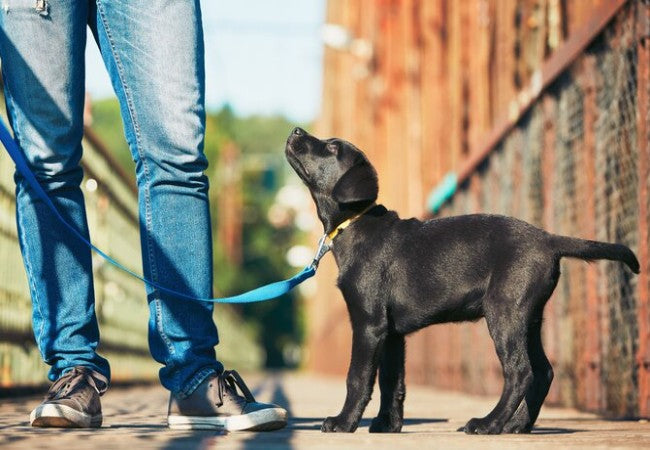6 Common Puppy Actions 2025: Vet Reviewed Guide to What Their Quirks Mean 🐶💡

In this article
6 Common Puppy Actions 2025: Vet Reviewed Guide to What Their Quirks Mean 🐶💡
By Dr. Duncan Houston BVSc
Welcoming a puppy means lots of smiles—and one or two head‑scratching moments. Why does your new pup freeze on the leash or nip during petting? These behaviors are often normal parts of learning and development. This in‑depth guide explains these six everyday puppy actions, what they signify, how to respond thoughtfully, and how tools like Ask A Vet,
1. 💤 Deep Sleeping—Rest Is Growth Time
It might feel strange to see your puppy sleep so heavily and for such long stretches—but good sleep is essential. Puppies often sleep 15–18 hours a day to support brain development, growth, and energy recovery.
💡 Vet Tip: Let them sleep undisturbed in a crate or calm space—Ask A Vet can coach on ideal rest routines.
2. 😬 Nipping During Petting—Teething or Overstimulation?
Between 16–18 weeks, many pups start nipping during petting—often when they’re overstimulated, teething, or just had an energetic burst.
Safe response: Pause the petting, use the “ouch!” feedback to teach bite inhibition, redirect with chew toys, then resume calm bonding.
3. 💦 Stopping and Squatting—Potty Training in Progress
Playtime can distract pups from their bladder signals—and mid‑game squats and accidents are common.
Solution: Schedule outdoor breaks every ~20 minutes, especially after energetic play.
4. 🐾 Freezing on the Leash—Sensory Overload or Fear
Puppies unfamiliar with collars or feeling unsure when leashed may freeze or refuse to walk.
Progression: Let them explore the leash at home; use lightweight gear; scatter treats to encourage movement. Consult Ask A Vet for customized desensitization plans.
5. 👖 Chasing Clothing—Play Behavior or Overstimulation?
Pups often chase pant legs, socks, or shoes—they interpret movement as a cue to play or chase.
6. 🤸 Zoomies—Explosive Joy or Stress Release
That sudden midday tornado? Known as “zoomies,” it’s a normal burst of energy or reaction after stress, baths, or confinement.
Manage: Provide safe space to burn energy—set up short play sessions or let them go wild outside.
7. 🧠 Developmental Insight: Where These Behaviors Fit
Many of these behaviors align with key developmental stages:
- 8–16 weeks: High activity, teething, socialization phase; responsive to training.
- Fear & overwhelm: Puppies may be extra sensitive during this period—gentle training helps mitigate reactivity.
- Habit formation: Early redirection and reinforcement can shape long‑term calm and confidence.
8. 🛠 Tools to Support Healthy Habits
- Ask A Vet app: Offers tailored guidance on behavior challenges, training timing, and developmental check-ins.
9. 🚨 Warning Signs: When Behavior Isn’t Normal
- Freezing or trembling outside appears persistent and anxiety-driven.
- Aggressive biting beyond mouthing or teething.
- Accidents with blood, straining, or discomfort may signal health issues.
If these arise, consult Ask A Vet or schedule a vet visit for hands-on evaluation.
10. 📌 Quick Behavior Summary Table
| Behavior | Meaning | Your Action |
|---|---|---|
| Deep Sleeping | Growth/rest | Uninterrupted naps in quiet space |
| Nipping While Petting | Teething/overstimulated | Pause, redirect to chew |
| Stopping to Squat | Potty need during play | Frequent breaks, reward outside |
| Leash Freeze | Nervousness or handling discomfort | Desensitize leash, use treats |
| Chasing Clothing | Play drive, boredom | Redirect with toys/enrichment |
| Zoomies | Energy release/stress relief | Safe play space, follow with enrichment |
11. ✅ Key Takeaways
- Puppy quirks are often normal signals of growth, emotion, or communication.
- Respond with understanding—intervene gently, redirect play, reinforce calm.
- Support with specialized tools—Ask A Vet,
- Address concerns early to avoid long-term behavior issues.
- Celebrate these moments—they reflect your puppy learning to navigate the world!






